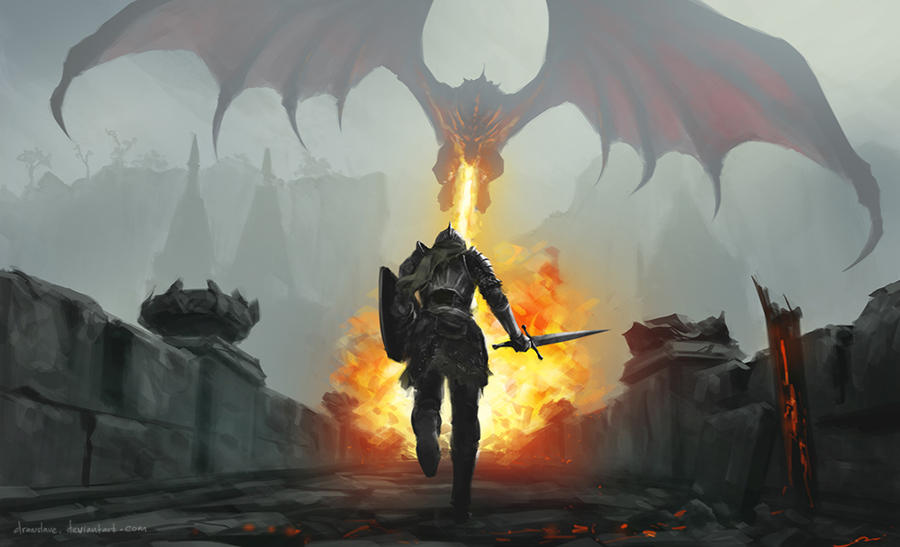Basilisk
Basilisks are a species of snakes found uncommonly in the deserts of Bisul, but mostly in the dunes of the continent. Basilisks are large, dull grey venomous serpents that exude a poison from between their scales that is deadly upon contact, killing in 2-4 hours. This poison also kills most flora that comes into contact with it, with a few exceptions like Bisulwoods. Basilisks often hunt in packs of 5-10 to take down much larger prey, including earth wyrms, dune worms, and kurasks. Basilisks are used in both legal and illegal fighting rings where they will often fight either other dangerous animals or sapient beings to the death.
Basic Information
Anatomy
Basilisks are large serpentine reptiles with dull grey scales, a large head moderate to its body size, a venomous bite, grey eyes with a black slit pupil, a soft underbelly, and a black-tipped tail. Basilisks exude a poison from between their scales that they use as a natural defense against potential predators. If any physical contact is made with this poison, it will burn quickly through the outer layer surface of any living thing and enter its internal organs, killing it. For flora, this effect is near-instantaneous, quickly wilting it, but for animals and humanoids, the effect is far more sufferable, burning their skin and entering their bloodstream and internal organs, slowly killing them in 2-4 hours.
Basilisk teeth are similar to large boa constrictors, if only slightly larger. Basilisks have venom glands above their mouths that connect to their teeth, which can incapacitate prey in under 10 minutes and can kill in 1-2 hours. This venom has a specific smell that only basilisks can pick up on. If their prey was able to get away from their initial attack, the basilisk can follow the smell of the venom and blood from the individual and wait for the venom to kill the prey.
Their scales are incredibly durable making it hard to kill one. However, their underbellies are much softer and easily pierceable with a sharp object. Most encountering one would want to use a long spear to stab them with to avoid touching their poison.
Ecology and Habitats
Basilisks live solely on the deserts of the continent Bisul, mainly found in immense sprawling dunes. Basilisks don't usually stay in one general area for too long unless food and water are plentiful, opting to travel across the desert to find resources. Basilisks will often make a home out of Bisulwood tress, one of the only plants on Bisul immune to their poison. Basilisks will sliver up the trunk and use the tree as a place to rest, escape predators, make nests for young, or as a place to ambush prey from above.
Dietary Needs and Habits
Basilisks are mostly solitary predators, hunting small to medium-large creatures like camels and hippogryph. When hunting, Basilisks will ambush their prey by burrowing underground or hiding in a Bisulwood tree. Basilisks have a specialized heat vision that allows them to see through objects at a certain distance, including dense sand. When burrowing, the basilisk will tunnel to the surface and bite its victim. It will hold on to the prey with its mouth, filling its bloodstream with deadly venom. It will also use its poison to severely damage the victim's skin and flesh.
Most prey animals strong enough to break free will not survive for long, however. The venom and poison inside their bodies will incapacitate in under 10 minutes and soon kill them in 1-2 hours. Not only that, but basilisk venom has a distinct smell that only basilisks can detect. If the prey escaped the basilisk's hold, it will won't matter as it will soon die anyway.
Although rare, basilisks will form temporary packs of 5-10 members to take down much larger prey such as gethnors and kurasks.
Additional Information
Social Structure
Basilisks are mainly solitary creatures preferring to hunt alone. However, basilisks can form temporary packs between 5-10 individuals. Basilisks mainly do this to hunt down larger prey such as gethnor, earth wyrms, and kurasks. These packs are generally formless but mainly follow the oldest, most powerful basilisk in the area, which is most often the largest.
Uses, Products & Exploitation
Basilisk venom and poison are often used in warfare to tip weapons to guarantee death, mostly on arrows and spears. Basilisks are also often used in fighting pits for the entertainment of others. Basilisks are often treated poorly like most animals in fighting rings, even if they succeed in battle. Battles involving basilisks almost always end in death, with the basilisk either fighting a humanoid, an animal, or another basilisk. Basilisks are mostly used in illegal fighting rings but some have been used in colosseums by kingdoms and empires.
Perception and Sensory Capabilities
A basilisk's 5 senses are comparable to that of any other serpent, with their eyesight being heat based. However, unlike other serpents who can't see heat through walls, a basilisk can. It's unknown how this is done but a basilisk can see body heat through solid objects, although only at a certain distance. This helps make them excellent ambush hunters.
Lifespan
8-15 years
Average Height
1.6 feet high
Average Weight
97-1.256 kg
Average Length
5.21-14.3 meters long
Geographic Distribution
Remove these ads. Join the Worldbuilders Guild









Comments